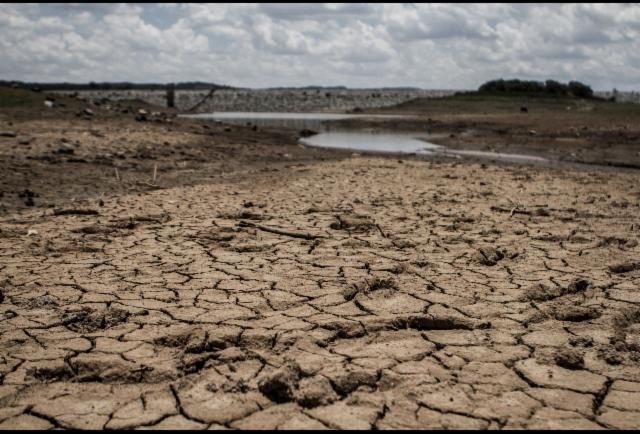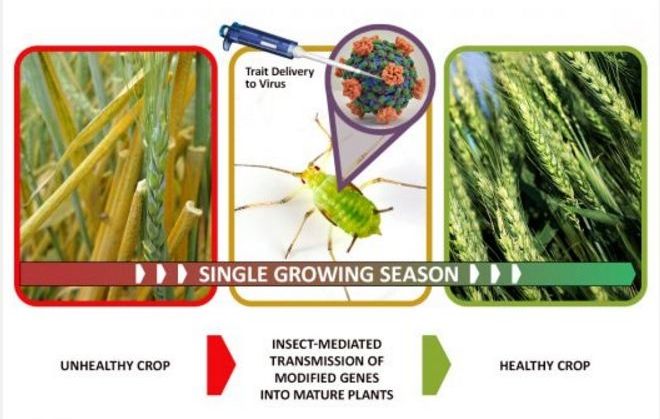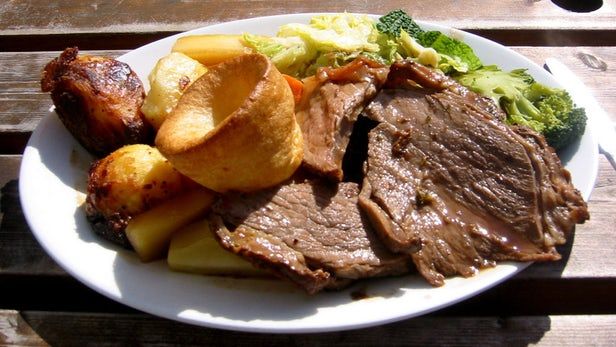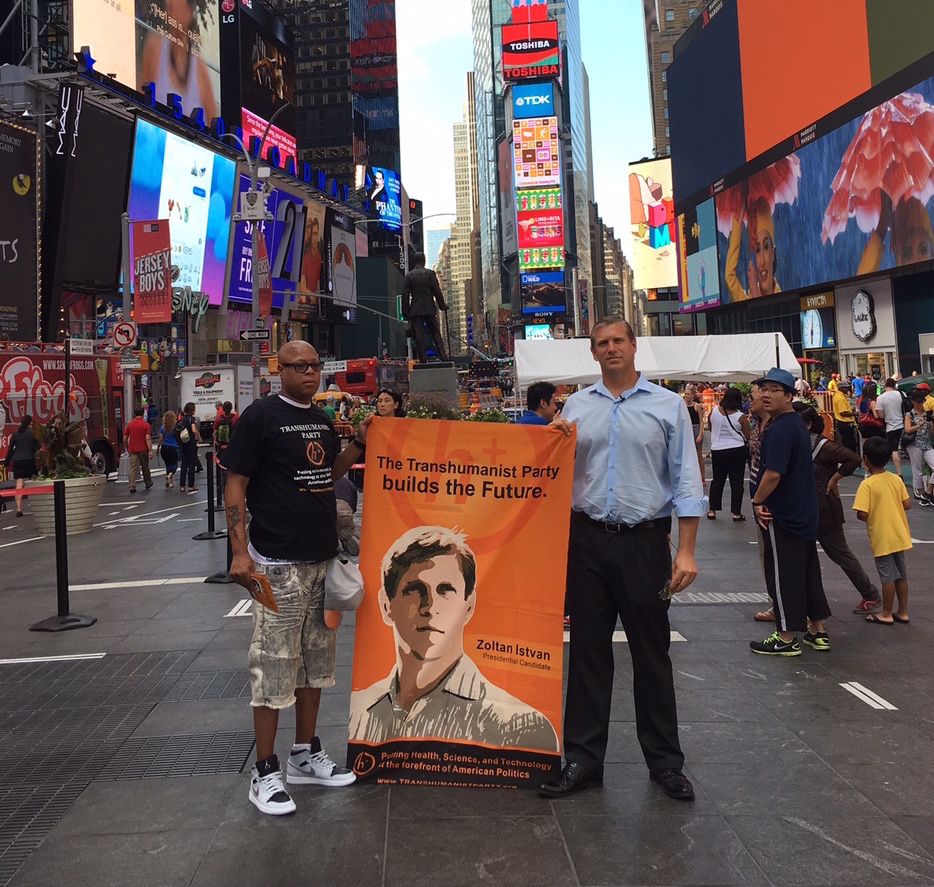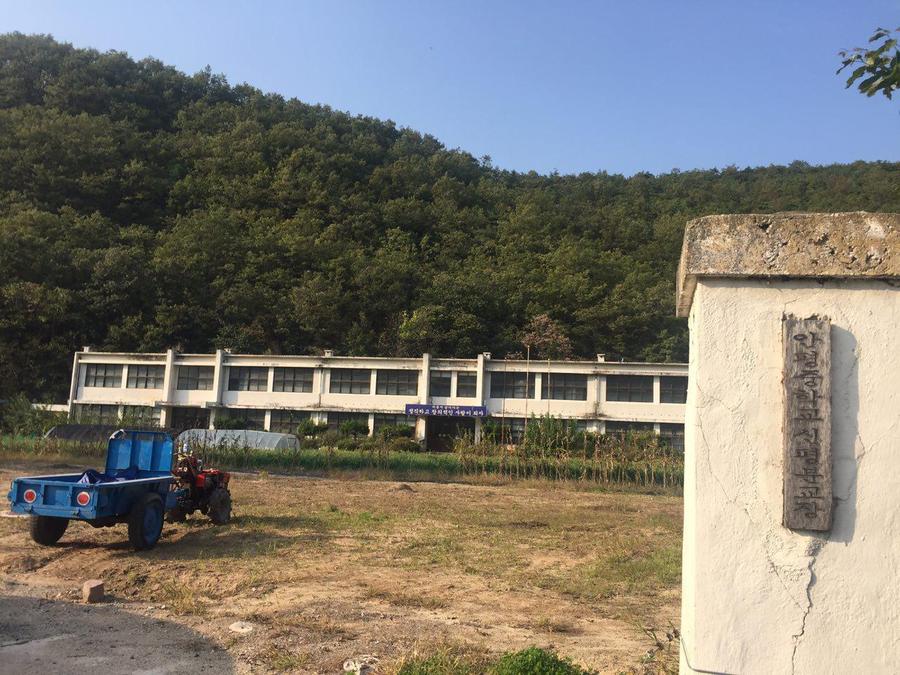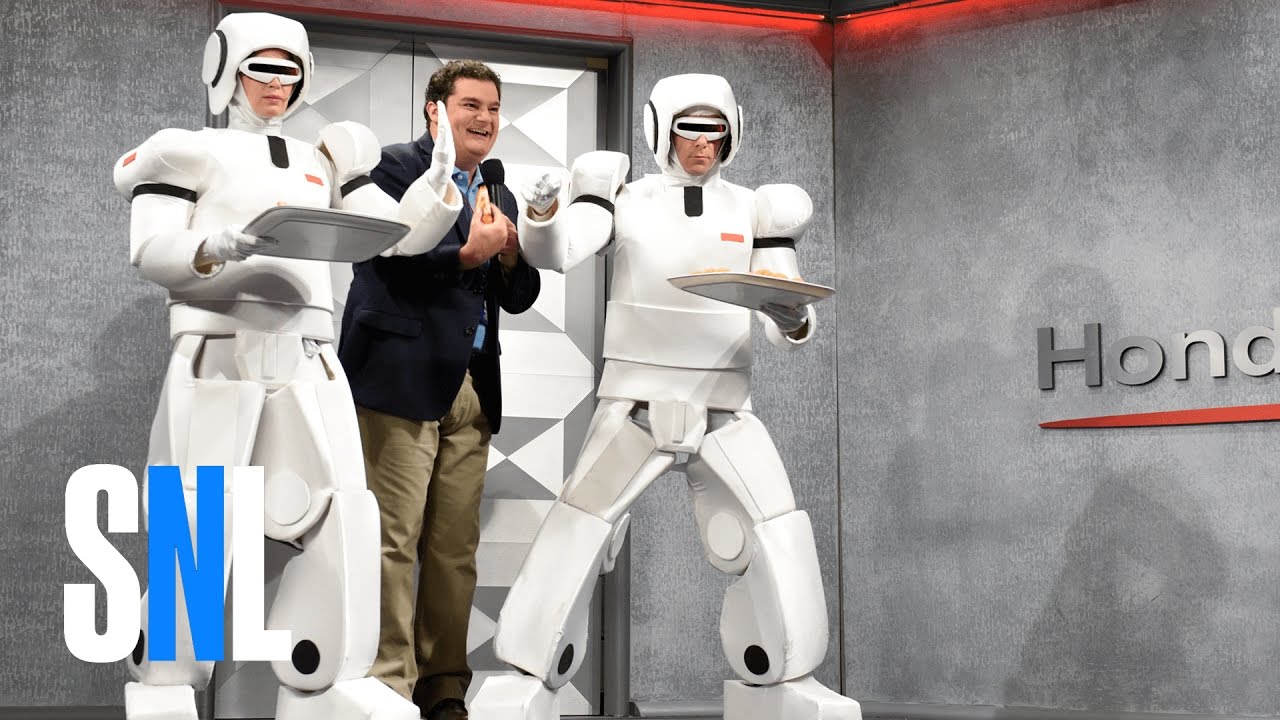My new story for Vice Motherboard on lessons learned running for President as a transhumanist. It’s also my endorsement of a ranked voting system:
Campaigning in Times Square.
With such overwhelming odds against my candidacy and tiny political party from the start, I chose to bypass the battle to get on state ballots and instead focus using media to move the transhumanism movement ahead. After all, only very rarely have third parties in America affected the outcome of the elections anyway. Like it or not, you are stuck with an elephant or a donkey-headed leader.
The good news, though, is the internet is making a run for the presidency a good way to get attention for a cause like transhumanism. It may only take five minutes to file a candidacy form with the FEC to run for US president, but the legitimacy in many people’s minds is real. Some candidates out there are using this for real good for the country, like the Nutrition Party and its candidate Rod Silva, which is trying to improve the way America eats. Or the Marijuana Party, which wants to legalize pot and end the asinine War on Drugs.
I’ve been honored to watch transhumanism grow a lot under my candidacy. My main goal all along has been to tell the world that science and technological innovation is coming far more quickly than ever before, and as a nation, we must answer to it with practical and forward-thinking policies. If we don’t, it could lead to increased inequality, a blatantly dystopian future, and a severe planetary environmental crisis.
Read more
